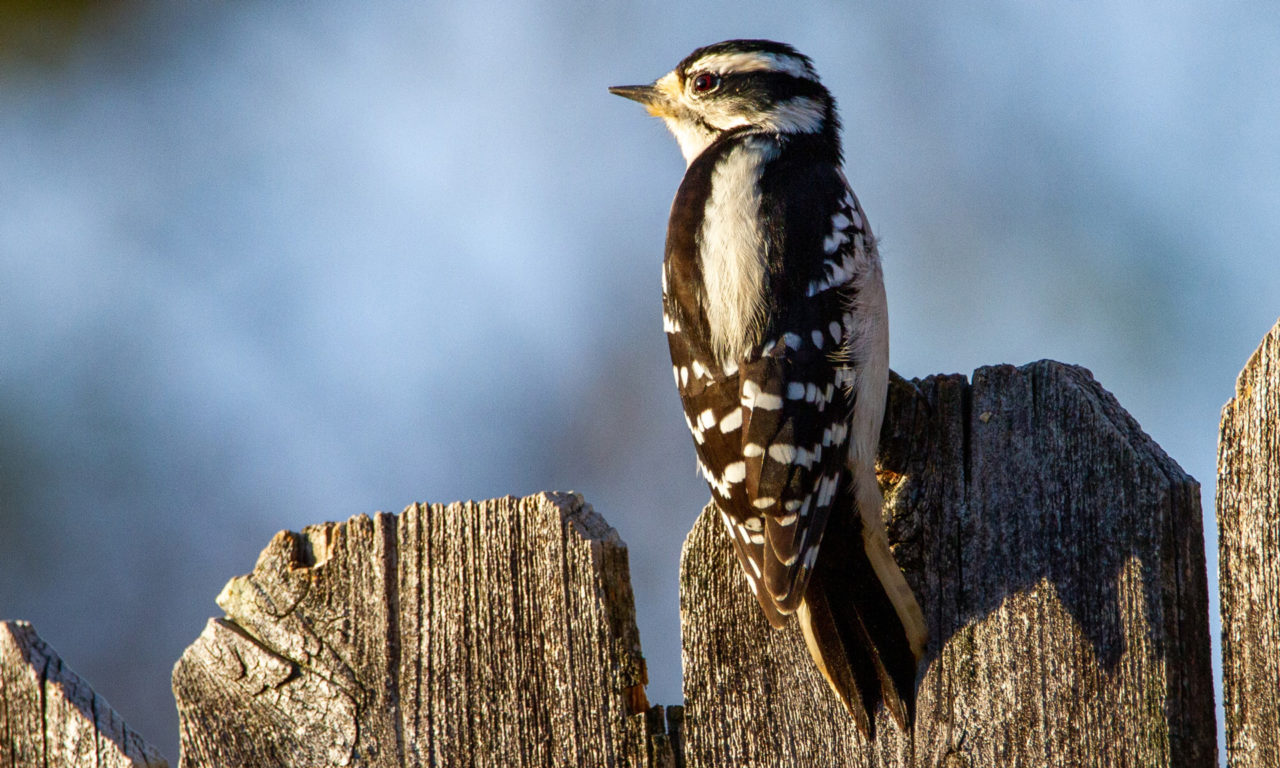Woodpeckers in Florida Population: Variety Overview and Preservation
Woodpeckers in Florida Population: Variety Overview and Preservation
Blog Article
Discover the Interesting Globe of Woodpeckers: Whatever You Required to Know
The globe of woodpeckers is a world filled with special actions, complex adjustments, and a varied variety of types. From their habitats and circulation patterns to their feeding habits and specialized anatomical features, woodpeckers have actually long astounded the rate of interest of ornithologists and nature lovers alike.
Woodpecker Habitats and Circulation
Woodpeckers live in a varied variety of settings worldwide, showcasing versatility in their circulation patterns. These resistant birds are located in woodlands, timberlands, savannas, and deserts throughout various continents, demonstrating their capability to thrive in different climatic conditions. In The United States and Canada, for instance, woodpeckers can be detected in both coniferous and deciduous forests, using their strong beaks to forage for insects and produce nesting dental caries in trees. In Africa, certain woodpecker species have adapted to dry environments, such as the acacia forests, where they play a critical role in managing insect populaces.

Feeding Behaviors and Diet
Amongst the different elements of their behavior, woodpeckers display distinct feeding routines and nutritional preferences. These birds are mainly insectivores, with a diet plan that includes ants, beetles, caterpillars, and various other insects discovered in trees. Woodpeckers utilize their solid beaks to pierce into the bark of trees, probing for pests and larvae hidden below the surface area. In addition to insects, woodpeckers also take in nuts, seeds, fruits, and sap. Some species have specialized tongues with barbed ideas that aid them draw out pests from gaps in wood.
Woodpeckers are known for their drumming actions, which offers not only to communicate with other woodpeckers but also to situate food. The quick drumming audio is developed by the bird pecking on resonant surfaces like dead trees or metal poles. This actions can attract bugs hidden in the wood, permitting the woodpecker to discover their visibility and feed upon them.
Special Adjustments for Tree Climbing
In their experienced pursuit of insects hidden within tree bark, woodpeckers have actually developed amazing anatomical functions that equip them with unique adjustments for effective tree climbing. Woodpeckers have strong neck muscular tissues and an unique head framework that take in the impact of continuous pecking, allowing them to climb up up and down without causing damage to their brains. These adaptations display the amazing evolutionary design that makes it possible for woodpeckers to navigate trees with accuracy and efficiency.
Diverse Woodpecker Types Worldwide
With over 200 various species spread out throughout numerous habitats worldwide, the family members of Picidae encompasses a remarkable diversity of woodpeckers. These birds can be found in forests, woodlands, savannas, and also city areas, showcasing their versatility to different environments. From the check this legendary Northern Flicker in North America to the colorful and elusive Crimson-backed Flameback in Asia, each woodpecker types shows distinct characteristics in regards to tuft, behavior, and environment choice.
Woodpeckers differ considerably in dimension, with the diminutive Downy Woodpecker determining around 6-7 inches in size, while the effective Lineated Woodpecker can rise to 17 inches - Woodpeckers in Florida. Their beaks likewise are available in different forms and sizes, mirroring their feeding behaviors. Some types concentrate on drawing out bugs from tree bark, like the Acorn Woodpecker, while others, such as the Black-cheeked Woodpecker, feed on fruits and seeds

Conservation Efforts and Difficulties
Preservation campaigns for woodpecker populations are important in reducing the influence of habitat loss and various other dangers encountering these diverse avian types. Woodpeckers face different challenges to their survival, mainly because of logging, urbanization, environment adjustment, and intrusive species. To resolve these issues, conservation efforts focus on shielding and restoring woodpecker environments, carrying out sustainable forestry techniques, and increasing understanding concerning the relevance of these birds in environments.
One significant difficulty in woodpecker preservation is the fragmentation of their environments, leading to isolated populaces that are a lot more at risk to termination - Woodpeckers in Florida. Conservationists function to produce these details wild animals passages and secured areas that attach these fragmented habitats, permitting woodpeckers to move between various areas for feeding, breeding, and sanctuary

Verdict
To conclude, woodpeckers are fascinating birds with special adaptations for tree climbing and feeding actions. They can be found in diverse habitats worldwide, encountering conservation challenges because of habitat loss and human activities. address Recognizing their habitats, diet regimens, and habits is important for preservation efforts to shield these important bird varieties. Further research study and conservation activities are needed to guarantee the survival of woodpeckers in the wild.
Report this page